By Roger Grody
Train travel has not been the dominant mode of transportation for three-quarters of a century, but the grandeur of a golden era of rail can still be discovered without ever purchasing a ticket. Just like the movie palaces of the period, many early 20th century train stations have been meticulously restored, some transformed into compelling attractions for tourists and locals alike.
The granddaddy of them all may be New York’s Grand Central Terminal, whose current Beaux-Arts building was inaugurated in 1913. Although Amtrak departs out of Penn Station, Grand Central still services commuter lines to suburban New York and Connecticut, while subway passengers connect here. The landmark is home to a wide array of food services, from sit-down restaurants (e.g., Grand Central Oyster Bar, Cipriani Dolci) to gourmet specialty purveyors such as Jacques Torres Chocolate or Murray’s Cheese.
Like rail landmarks across the country, Grand Central Terminal’s history ranges from soaring heights to tragic declines, and it ultimately took a 1978 ruling by the U.S. Supreme Court to save it from demolition. During the controversy, Jacqueline Kennedy Onassis, who was a high-profile member of the Committee to Save Grand Central Terminal (as was architect Philip Johnson), argued for the station’s preservation. She queried, “Is it not cruel to let our city die by degrees, stripped of all her proud monuments, until there will be nothing left of all her history and beauty to inspire our children…?”
Although its first passengers boarded trains in 1894, the Romanesque-style Union Station of St. Louis became a global hub during the city’s 1904 World’s Fair. Today, only local commuter trains run through Union Station, but the city has used the restoration of the historic landmark to fuel nearby redevelopment, attracting new hotels and shopping. The grand concourse of the terminal, with its Tiffany stained glass windows, has been polished up and a world-class aquarium now calls the station home.
Across the state, Union Station Kansas City (exceeded in size only by Grand Central and Penn Station in New York) opened in 1914 but shuttered in 1985 after decades of declining passenger volume. An ambitious plan to reimagine the Beaux-Arts station — it was transformed into a cultural center with an interactive science museum, exhibition space, planetarium and live theater — concluded in 1999. A catalyst for downtown development, the station’s evolution has been critical to the renaissance of the entire metropolis, insists George Guastello, president and CEO of Union Station Kansas City. Noting its image is as iconic to Kansas City as the Gateway Arch is to St. Louis or Empire State Building to New York, Guastello states, “It’s become the visual voice of our community, the monument that brings the city together.”
The Kansas City landmark still performs the role for which it was originally designed, albeit on a much smaller scale, as passengers board Amtrak’s Southwest Chief to Chicago or Los Angeles, and the Missouri River Runner to St. Louis. With approximately 2 million annual visitors, Guastello suggests the revitalized facility has again become the lively ecosystem it was early in the last century. “It’s a model for what an historic train station can become in the 21st century,” he says, adding, “It’s not just a station but a source of civic pride…It’s the piazza of Kansas City.”
Opening in 1933, in the height of the Art Deco era, Cincinnati Union Terminal remains one of America’s great examples of that glamorous architectural style. The station’s soaring rotunda spans 180 feet and features impressive mosaic murals by German-American artist F. Winold Reiss. Cincinnati Union Terminal no longer accommodates the 200-plus trains per day it was designed for, but travelers can still board the Amtrak Cardinal to New York or Chicago, and the facility has become home to several museums.
Denver’s Union Station, a Neoclassical landmark rebuilt in 1914 after a devastating fire, is another worthy destination for history buffs. The trendy Crawford Hotel now overlooks the station’s sumptuous Great Hall, where restorations of the original 1,200-pound chandeliers create a dramatic scene shared by hotel guests and rail passengers. The westernmost monument to the golden age of rail in America is Los Angeles’ Union Station, which presents an artful melding of Spanish Colonial Revival and Art Deco architecture.
Bruce Scottow, former program coordinator at the Los Angeles Conservancy — he continues to conduct walking tours of Union Station for the organization — reports the building has always exemplified the California lifestyle. “Completed in 1939, it was late in coming and is often regarded as the last of the great railway stations,” explains Scottow. L.A.’s Union Station has appeared in movies such as Blade Runner, Bugsy, Catch Me If You Can, and The Dark Knight Rises, prompting preservationist Scottow to comment, “Any movie star would be jealous of its film credits.”
Today, in addition to accommodating Amtrak service, the station is the hub of L.A.’s underappreciated subway and commuter train networks, and its restoration has attracted trendy restaurants and brewpubs. “Union Station is no longer the end of the line…it has never been busier than it is now,” states Scottow.
Among the world’s most beautiful trainstations, and representing an innovativeadaptive reuse, is the formerGare d’Orsay onthe banks of the Seine in Paris, inaugurated in 1900. The magnificent Beaux-Arts building is better known today as Musée d’Orsay, which houses one of the greatest collections of Impressionist art on the planet, including iconic pieces from Monet, Van Gogh and Renoir.
At Musée d’Orsay, two giant clocks face the river — highly Instagrammable is the glass dial of one that doubles as a window — and the museum’s restaurant itself is a work of art. Across town, however, is arguably the world’s most glamorous rail station restaurant, the gilded Belle Époque-style Le Train Bleu at Paris’ Gare de Lyon, an historic station where passengers climb aboard aerodynamic, 200 mile-per-hour TGV trains to Barcelona, Milan or Geneva.
Occupying the site of a former 16th-century monastery in Porto, Portugal is the São Bento Railway Station, another Beaux-Arts masterpiece clad in remarkable wall murals. The historic scenes were created from 20,000 ceramic tiles, mostly the blue-and-white azulejo tiles that are a signature of Portuguese craftsmanship. Designed by architect José Marques da Silva, the station was completed in 1916 after a decade of painstaking labor. São Bento makes a memorable first impression for tourists arriving in one of Europe’s most beautiful cities.
Not all notable stations are historic, and a renaissance in train travel — particularly fueled by investments in high-speed rail in Europe and Asia — has resulted in extraordinary new stations being designed by world-class contemporary architects. The soaring World Trade Center Transportation Hub in New York and the dramatic Liège-Guillemins train station in Belgium (both designed by renowned Spanish architect Santiago Calatrava) demonstrate that infrastructure can be aesthetically elevated, even sexy.
Naples, Italy has a 3,000-year history but the ancient city’s Napoli Afragola railway station could not be more futuristic. A vision of the late pioneering architect Zaha Hadid, the ultra-modern facility accommodates high-speed trains to Rome and connections throughout Europe, while its curvilinear design is evocative of a moving train. As much an engineering marvel as an artistic expression, the station’s interior is flooded with light yet its innovative skeleton moderates the region’s often-oppressive heat.
“This extraordinary station is the work of a great architect and of enormous strategic value, proclaimed Gioia Ghezzi, former president of Ferrovie dello Stato, the Italian state-run railway, of the opening of Napoli Afragola in 2017. Lauding the new station’s progressive state-of-the-art design, then-prime minister Paolo Gentiloni used the project as a metaphor for his nation’s acceleration into the 21st century. “With this inauguration we send a message that Italy is moving, the country is growing,” he proclaimed.
In contemporary America, where the expedience of travel tends to be valued more than its experience, the joys of touring by train have almost been forgotten. The rails were abandoned when speedier modes of transportation emerged, but the glorious architecture of rail culture has outlived the trains. Not only can the cavernous structures be appreciated for their physical grandeur, but these noble landmarks may even inspire a nostalgic journey. The ticket window is still open.


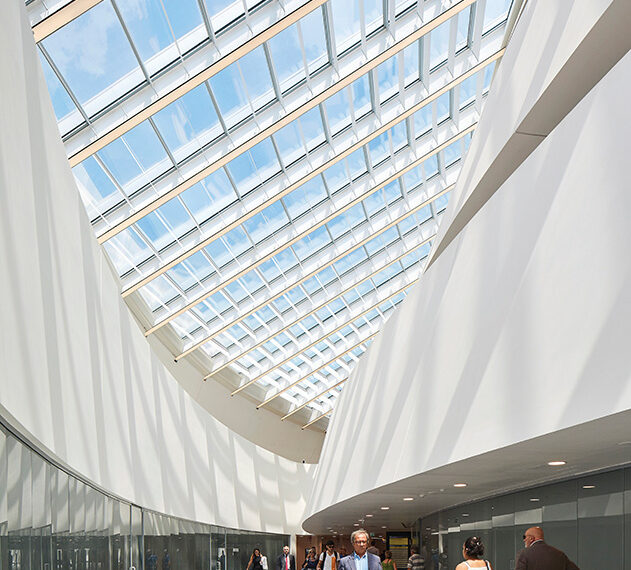
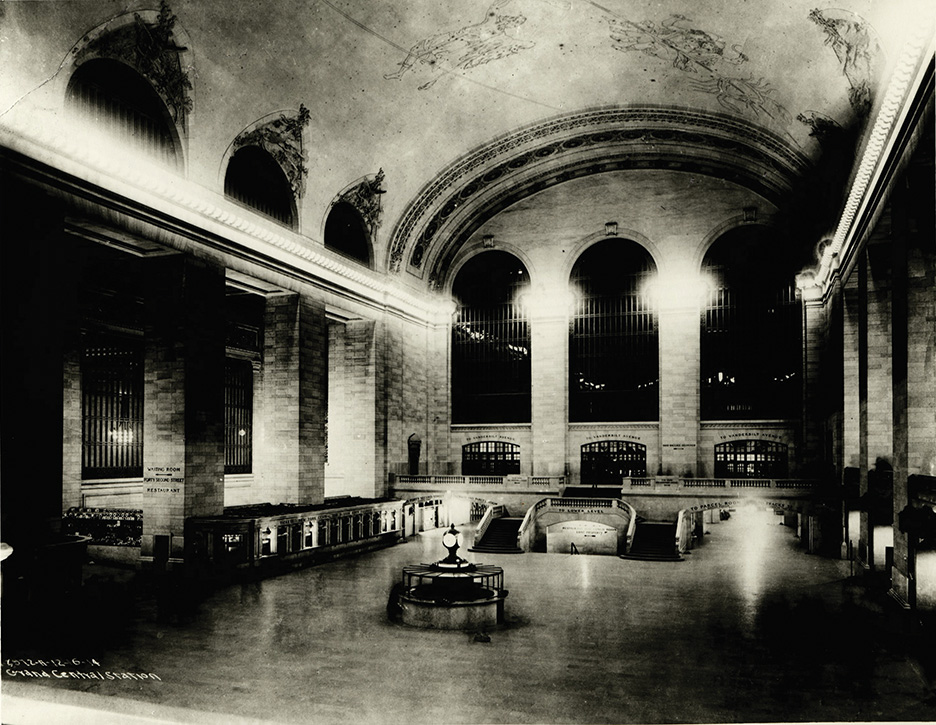
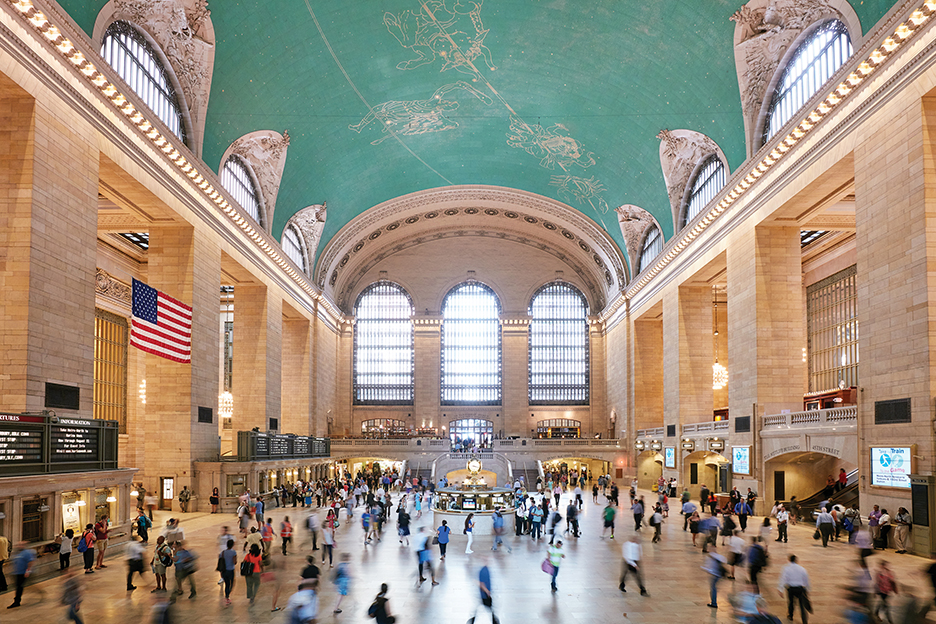
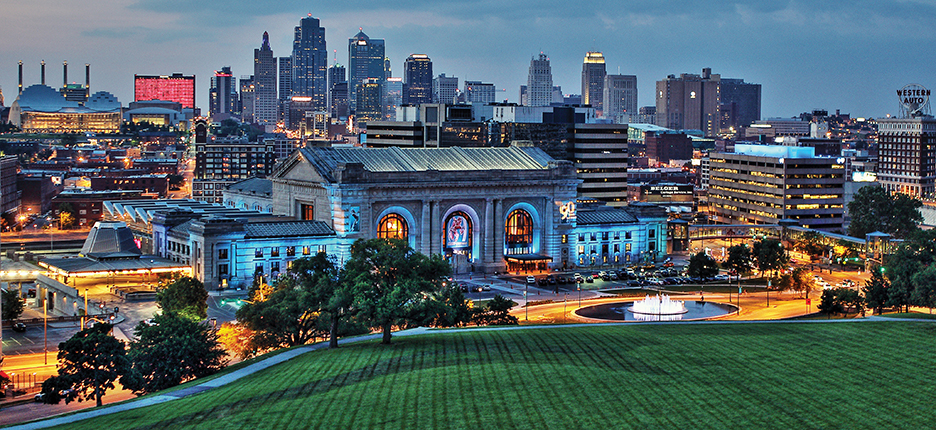
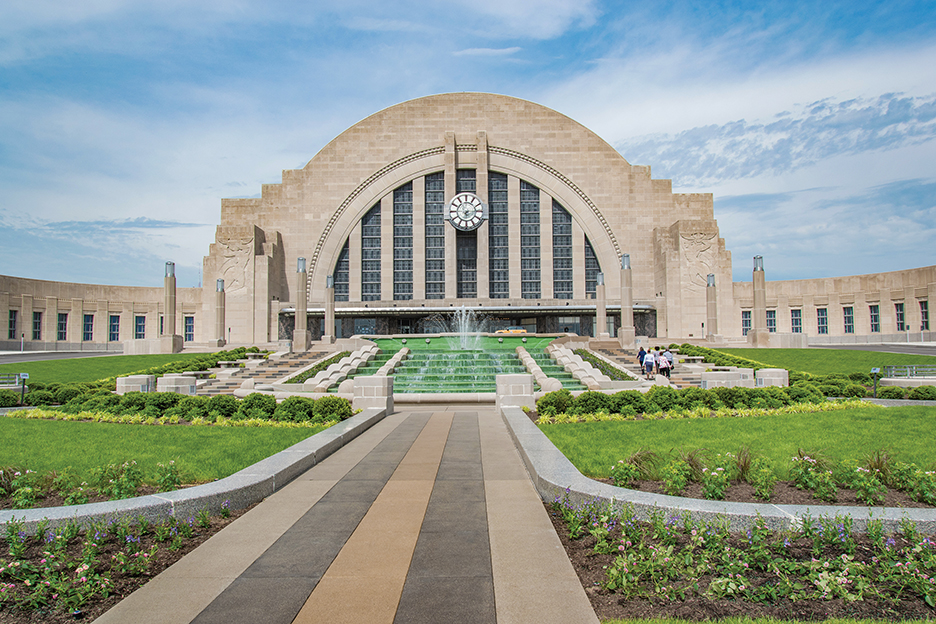
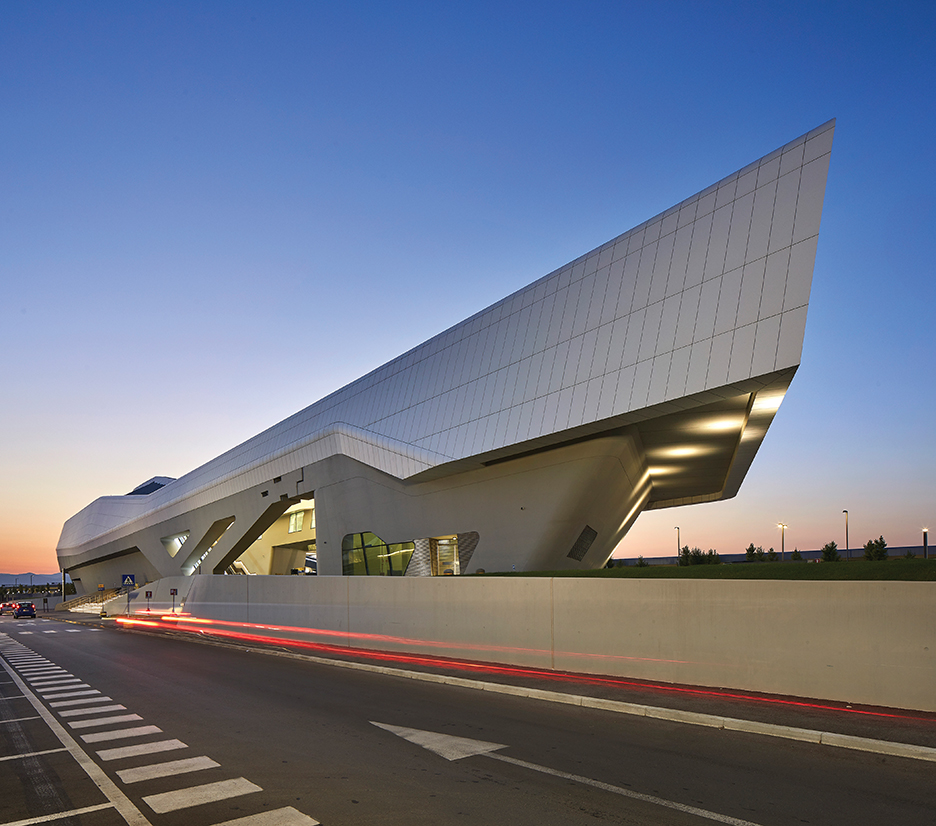
Leave a Reply